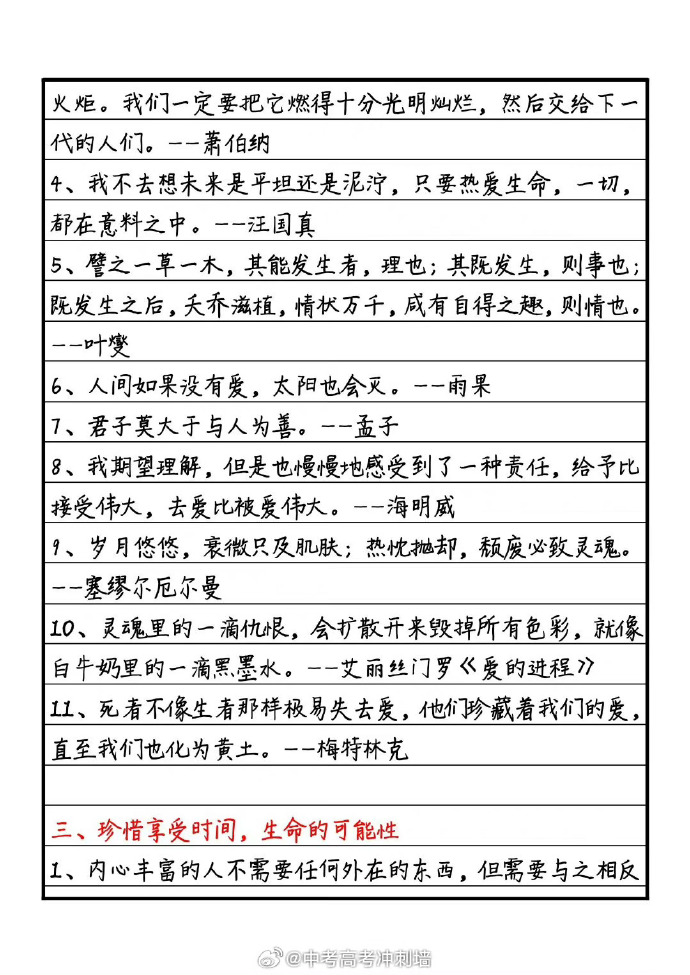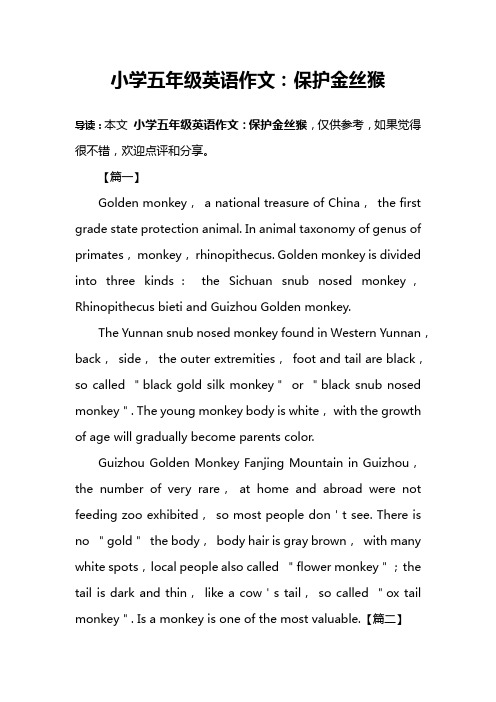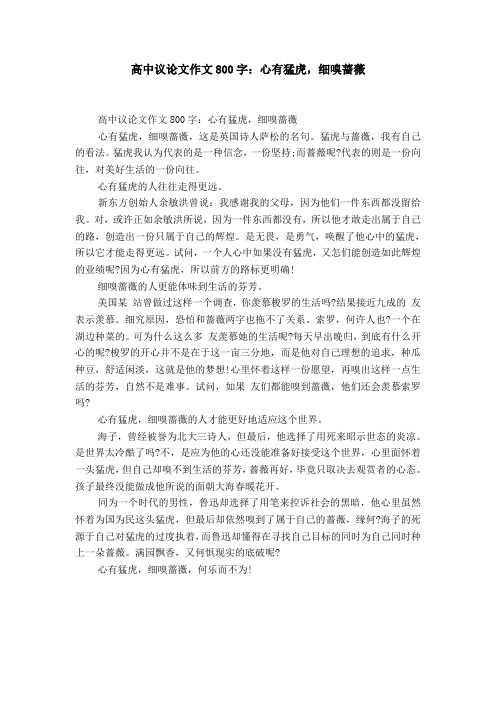Shopping has always been an integral part of human life. From the early days of bartering and scavenging for food, to the sophisticated shopping experience we enjoy today, shopping has evolved over time to become a highly sophisticated process that involves various elements such as consumer behavior, product availability, and pricing strategies. In this essay, we will explore the intricacies of shopping from a global perspective.

One of the primary objectives of shopping is to satisfy our needs and preferences. As consumers, we are driven by desires and wants, which are often fulfilled through the acquisition of products or services. This process requires us to evaluate the quality, price, and availability of different options available to us. It is through this evaluation that we make informed decisions about what we need and how we can achieve it.
Another important aspect of shopping is the impact it has on society. The way we shop has a significant influence on economic growth, job creation, and environmental sustainability. The consumption patterns we adopt shape the demand for goods and services, which in turn affects the supply chain. Additionally, the ethical implications of shopping must not be overlooked. We must consider the origins of products we buy, the labor conditions in their production, and the social and environmental impacts of the manufacturing process.
The evolution of the shopping process is closely linked to technological advances. With the advent of online shopping, the traditional model of shopping has been transformed. E-commerce platforms have made it possible for consumers to purchase goods and services from the comfort of their homes, regardless of geographical location. The convenience offered by e-commerce has led to increased sales, reduced transportation costs, and improved customer satisfaction.
However, the rise of e-commerce has also presented challenges. The lack of physical interaction with products has raised concerns about product authenticity and quality assurance. Additionally, the increasing dependence on technology may lead to issues related to privacy and security. To mitigate these challenges, businesses must invest in robust security measures and provide accurate information about their products.
In conclusion, shopping is more than just buying things; it represents a complex interplay between individuals, society, and technology. By considering the various factors involved, we can ensure that we are making informed choices when we shop. It is essential that we prioritize sustainable practices, protect our environment, and respect the rights of workers who contribute to the supply chain. By embracing these principles, we can create a more balanced and responsible shopping culture that benefits both consumers and society as a whole.
To summarize the main points discussed in this essay:
- Shopping serves a purposeful purpose in human life, involving evaluation and decision-making processes.
- The consumption habits we adopt have a direct impact on the economy, employment, and environmental sustainability.
- Technological advancements have transformed the traditional shopping process, offering convenience but also posing new challenges such as product authenticity and data privacy.
- By adopting sustainable practices and respecting the rights of workers, we can create a fairer and more responsible shopping culture.
In conclusion, shopping should reflect a deep understanding of the complexities involved in our daily lives. As consumers, it is our responsibility to make informed decisions that benefit society and the planet. Through conscious purchasing practices and responsible consumption, we can contribute to a more sustainable future.
未经允许不得转载:» 关于shopping的英语作文(购物相关英语作文)

 佰一阅读网
佰一阅读网

















